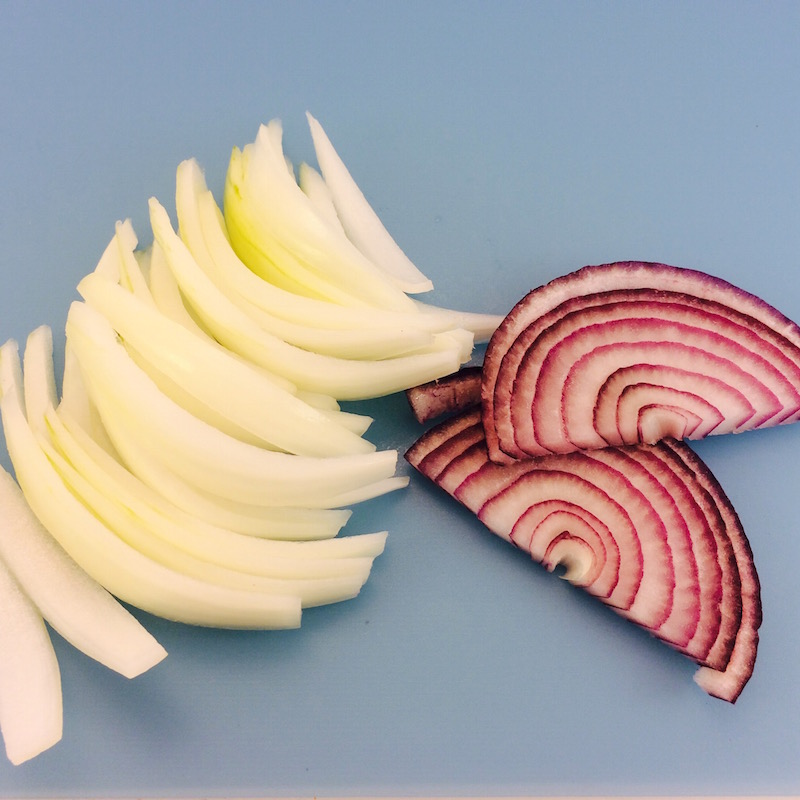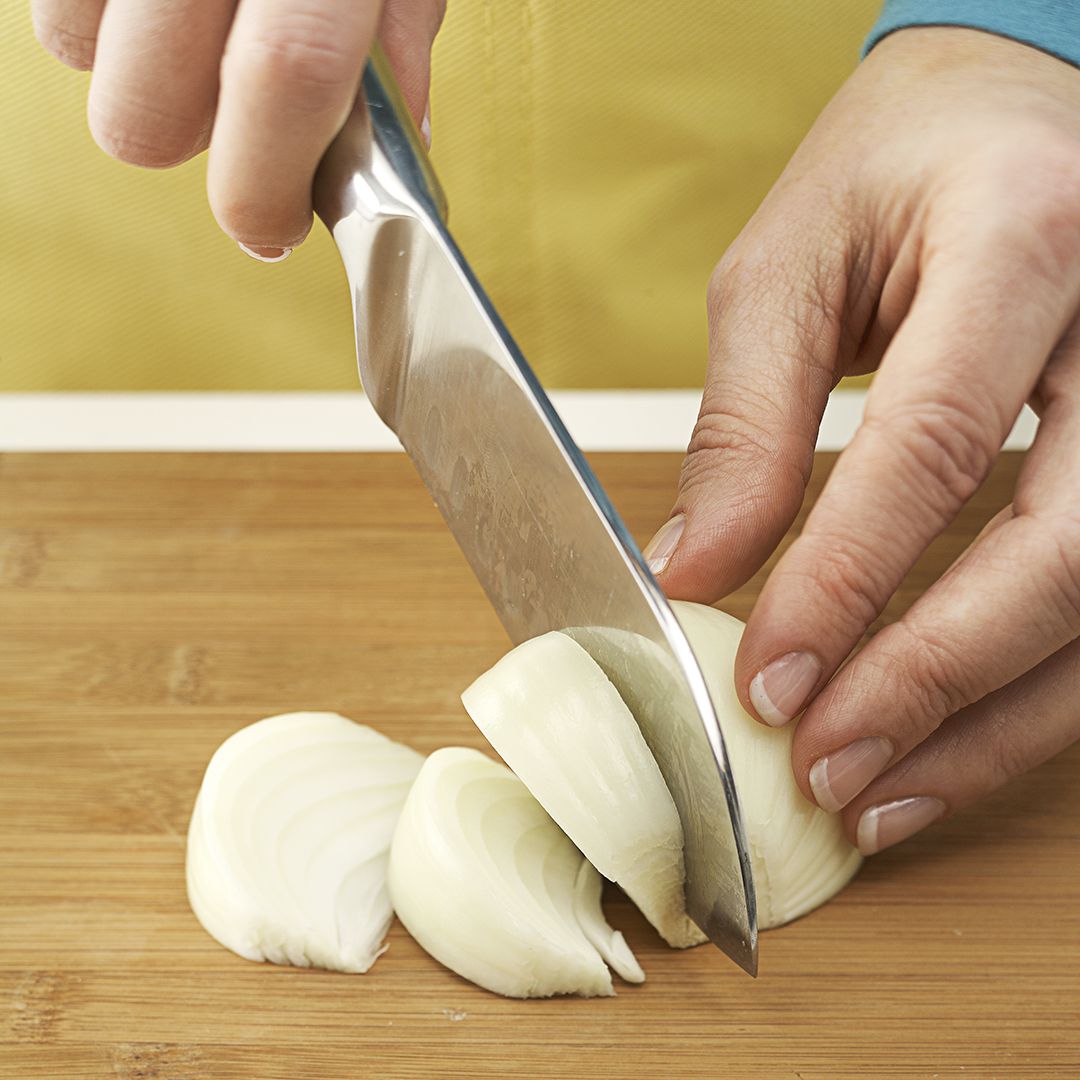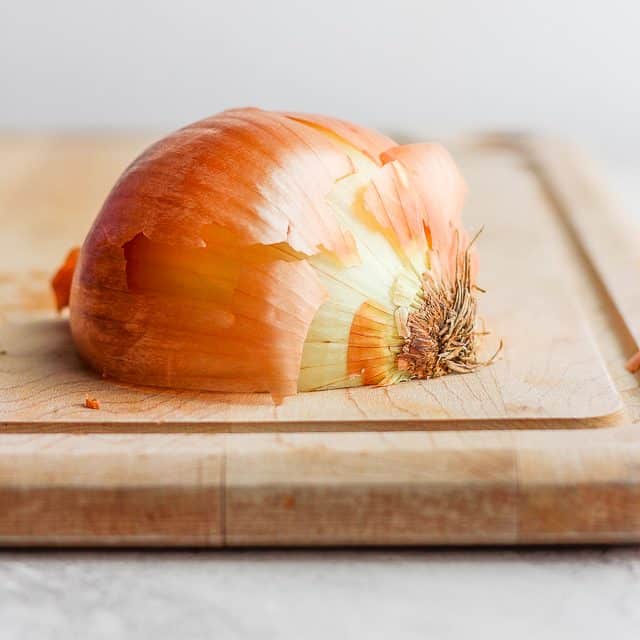Onions are a staple in kitchens around the world due to their versatility and flavor. However, cutting onions often results in leftover pieces that can go to waste if not properly preserved. For those who don’t have immediate access to a refrigerator, knowing how to preserve cut onions without refrigerator is essential. This article will explore various methods to keep cut onions fresh for as long as possible without the need for refrigeration, while discussing their effectiveness, storage techniques, and best practices.
Understanding the Basics of Onion Preservation
Importance of Preservation
When you cut an onion, it exposes the inner layers to air, promoting oxidation and moisture loss. This leads to a breakdown of the onion’s cellular structure, resulting in changes in flavor, color, and texture. Additionally, cut onions release sulfur compounds, making them strong-smelling and causing them to become undesirable swiftly. This article will delve into methods that can slow these processes down.
Factors Affecting Onion Shelf Life
Several factors contribute to how long cut onions can last outside a refrigerator. The temperature and humidity of the environment are critical. High temperatures can accelerate spoilage, while moderate conditions can prolong freshness.
Traditional Storage Methods
1. Using Vinegar
One of the oldest methods of preserving onions is by pickling them.
How It Works
Pickling involves submerging the cut onions in vinegar, which inhibits the growth of spoilage microorganisms. Vinegar also alters the pH level, creating an environment where bacteria cannot thrive.
Steps for Vinegar Preservation
- Preparation: Start by slicing the onions into thin rings or pieces.
- Vinegar Mixture: Combine equal parts vinegar and water in a container. You can use white vinegar, apple cider vinegar, or any vinegar of your choice.
- Submersion: Place the cut onions in the container, ensuring they are completely submerged.
- Sealing: Seal the container tightly to prevent air from entering, which can lead to spoilage.
- Storage: Place the container in a cool, dark place.
Longevity
This method can keep your onions fresh for a week or more depending on the ambient temperature.
2. Salt Preservation
Another traditional method to preserve cut onions is by using salt, which acts as a dehydrating agent.
How It Works
Salt draws moisture out of onions, leading to dehydration. It also creates a hostile environment for bacteria and mold to thrive.
Steps for Salt Preservation
- Slicing: Cut the onions as needed.
- Salting: Toss the cut onions in a generous amount of salt, ensuring all pieces are well-coated.
- Draining: Let the salted onions sit for about 30 minutes to an hour to drain excess moisture.
- Storage: Place the onions in a clean jar or container and seal it tightly. Store it in a cool, dry place.
Longevity
Salt-preserved onions can last several days to a week, but always check for signs of spoilage before use.
Dehydration Techniques
3. Air-Drying
Air-drying is a vintage preservation method that can effectively keep cut onions for extended periods.
How It Works
Air-drying removes moisture content, making it difficult for bacteria to grow.
Steps for Air-Drying
- Preparation: Cut the onions into thin rings or pieces.
- Spacing: Lay them out in a single layer on a clean screen, tray, or piece of cloth.
- Location: Place the tray in a well-ventilated area, away from direct sunlight.
- Duration: Allow the onions to air-dry for a few days. They should become brittle and dry to the touch.
Longevity
Air-dried onions can last for months if kept in a cool, dark, and dry place.
4. Sun-Drying
If you live in a warm, sunny climate, sun-drying can be an effective method for preserving onions.
How It Works
Like air-drying, sun-drying reduces moisture content, but the heat from the sun can speed up the process.
Steps for Sun-Drying
- Preparation: Slice the onions thinly.
- Placement: Spread the onion slices on a clean drying rack or cloth.
- Sun Exposure: Place the rack in direct sunlight for several hours each day, turning the onions occasionally for even drying.
- Storage: Once dried, store the onions in an airtight container.
Longevity
Sun-dried onions can last for several months, provided they are stored properly.
Utilizing Natural Oils
5. Oil Preservation
Preserving onions in oil is another culinary technique to extend their shelf life.
How It Works
Oil creates a barrier that prevents oxidation and moisture loss, which are key culprits in spoilage.
Steps for Oil Preservation
- Preparation: Slice the onions as needed.
- Oil Choice: Choose an oil with a higher smoke point, such as olive oil or canola oil.
- Submersion: Place the sliced onions in a clean jar and pour enough oil to fully cover the onions.
- Sealing: Ensure the jar is sealed tightly.
- Storage: Keep the jar in a dark, cool place.
Longevity
Oil-preserved onions can last for weeks to months. However, check for changes in smell or appearance before use.
Alternative Preservation Techniques
6. Using Sugar
Sugar can also be utilized to preserve cut onions by creating a syrup-like environment.
How It Works
Sugar absorbs moisture and inhibits microbial growth, thus extending the fresh life of the onions.
Steps for Sugar Preservation
- Preparation: Cut the onions into small pieces.
- Sugar Coating: Toss the cut pieces with sugar until well-coated.
- Conversion: Allow the onions to sit. The sugar will naturally draw out moisture and create a syrup.
- Storage: Once syrup is formed, place the mixture in a sealable container and store in a cool, dry place.
Longevity
Sugar-preserved onions can last for about a week or more, but always inspect for signs of spoilage.
7. Using Mustard
Mustard can serve as an effective preservative due to its acidity.
How It Works
The acidity in mustard deters bacterial growth, prolonging the freshness of cut onions.
Steps for Mustard Preservation
- Preparation: Cut onions into slices.
- Mustard Coating: Coat the cut pieces with mustard, ensuring all surfaces are covered.
- Sealing: Place the coated onions in a jar and seal it tightly.
- Storage: Keep the jar in a cool, dark location.
Longevity
Mustard-preserved onions can last for up to a week.
Best Practices for Preservation
Choosing the Right Onions
Freshness is key when it comes to preservation. Always choose firm onions with no blemishes or soft spots.
Storage Containers
Use clean jars or airtight containers to store cut onions. For methods that require liquid (like vinegar or oil), ensure the container is non-reactive.
Monitor Freshness
Regardless of the preservation method used, it’s essential to check for signs of spoilage, such as off smells, discoloration, or mold growth.
Hygiene Practices
Ensure cleanliness during the cutting and preserving process. Wash your hands, utensils, and surfaces to prevent any contamination.
 Additional Tips for Preserving Cut Onions
Additional Tips for Preserving Cut Onions
Choose the Right Onion Type
Certain types of onions have different preservation qualities. For instance:
- Sweet Onions: Typically have a higher water content and spoil faster. It’s best to consume these quickly.
- Yellow and Red Onions: Have lower moisture levels, making them more suitable for longer-term preservation methods.
Keep the Skin On
If possible, keep the skin on the onion until you intend to use them. The skin acts as a natural barrier against air, thus prolonging freshness.
Use an Onion Keeper
Using specific containers designed to keep onions can significantly help. These specially designed onion keepers regulate humidity and allow airflow, keeping the onions fresher for longer.
Conclusion
Learning how to preserve cut onions without refrigerator is crucial for minimizing food waste and maximizing the usefulness of this essential kitchen ingredient. From traditional methods like vinegar pickling and salt preservation to innovative techniques involving oil, sugar, and mustard, you now have a range of options that fit different preferences and situations. No matter which method you choose, proper storage practices will ensure that you can enjoy your cut onions for as long as possible, even in the absence of refrigeration. By applying the techniques outlined above, you’ll soon find yourself with fresh, flavorful onions ready to elevate your culinary creations, all while reducing waste and maintaining freshness without the need for refrigeration.


